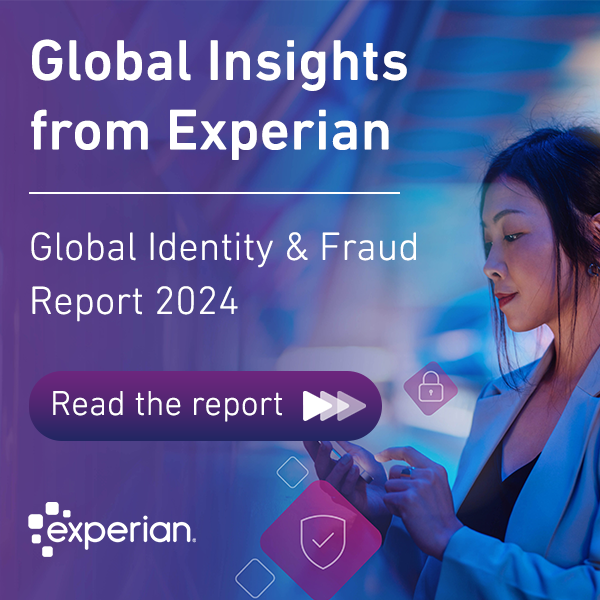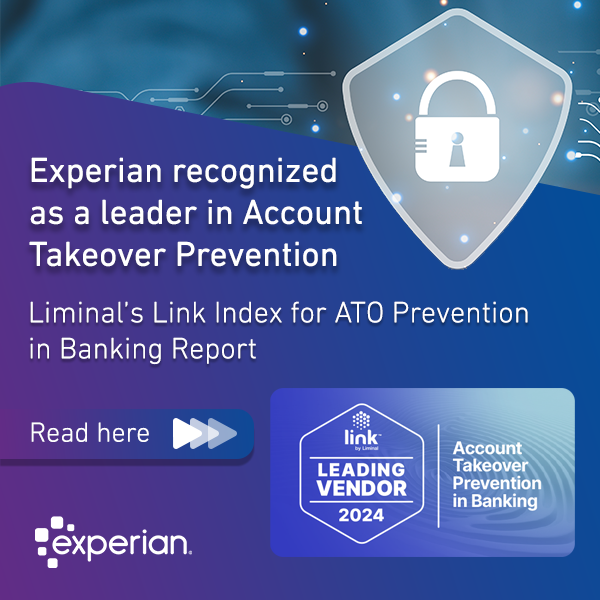The Covid-19 crisis has been a bit like existing inside a shaken snow globe—it disrupted everything, and a lot remains up in the air. However, amidst the uncertainty of the pandemic, one thing has become evident: Cultivating customer trust is more critical than ever.

Digital consumer trust is key to brand loyalty and requires treating customers fairly
Trust naturally generates loyalty. This is especially true during and after a crisis. For example, Experian’s latest global research from July 2020 shows 52% of customers who felt that businesses treated them fairly during the pandemic plan to give those companies more of their business. That fairness bred trust and that trust will undoubtedly lead to more business.
As consumers continue to increase their digital transactions, companies need to work hard to enhance customer trust. Improved identity authentication and recognition, for example, will play a key role. As everything begins to settle, those that succeed will find their business on far more steady ground.
Does trust even matter?
It’s a good question—and the answer may be evolving in real-time. Consider that in 2019, Experian’s global identity & fraud study showed that digital adoption did not indicate consumer trust of the business. “Consumers still adopt digital channels despite being highly skeptical of the businesses,” the study noted. Social media provides an excellent example. Overall, most consumers distrust many of the popular social media platforms, yet they continue to use them regularly.
Interestingly, widespread adoption is linked more to convenience than trust. However, this comes with a real caveat: Customers are less concerned about trust when the product is more frivolous. For instance, not trusting a media outlet or social media platform is very different from not trusting a financial institution. Also, a lack of adoption doesn’t always mean that customers don’t trust the business. In the financial service and payments realm, low adoption may simply reflect that customers use the platforms less regularly.
Now, as consumers increase their reliance on online services, maintaining trust will be paramount. For instance, since Coronavirus began, consumers have increased their use and awareness of mobile wallets by 8%, and their use of retail payment apps by 6%. Balancing the convenience that people have needed with the necessary trust will go a long way towards keeping usage high once the crisis subsides.
A virtuous cycle
Within any digital experience, several components inform customer trust. You want to ensure accurate customer recognition, as well as transparency with your authentication. Robust fraud protection and positive digital experiences also play essential roles. These form the Cycle of Trust, a virtuous circle that ultimately encourages customers to share more information with your company and pursue more transactions. Our 2019 study reveals the importance of each part of this cycle, and we see it playing out now.
For example, 90% of consumers are willing to participate in a more thorough identity verification process early on to have easier account access in the future. The ability to routinely and accurately recognize your customers helps build their trust in your technology and products.
Also, 76% of customers have more confidence in companies that use biometrics over passwords to protect their information. That means that you can use advanced authentication strategies to enhance trust even more. Transparency also comes into play. Letting people know how you’re using their information and whom you’re sharing it with makes them more apt to trust your organization—and continue to share their data.
The future of trust
This cycle represents the goal. In practice, though, there are still quite a few challenges that prevent organizations from getting that wheel spinning. For instance, many have separated the risk assessment processes of verifying customers at signup, logging in, and transacting, so there’s no seamless experience. Instead, customers navigate different solutions to onboard, authenticate their identity, and complete transactions. A company may recognize a customer at one point in the process, but not all the way through. What’s more, organizations often still place the onus on the consumer for how they represent themselves in the digital world. Authentication processes require them to remember passwords or retrieve codes from their phone.
But as noted, the pandemic has opened an opportunity for dramatic improvement. Consumers are at a rare moment in which they’re open to change—and they’re even looking for it. For example, since the beginning of the pandemic, 60% of customers say they have higher expectations for online experiences. More than half of customers are also more willing to provide organizations they trust with personal information and financial data. Finally, 44% of customers note that since Covid, they are more trusting of companies that demonstrate security.
So how can you increase trust while also meeting evolving customer expectations? Organizations that pave the way will likely assume more responsibility for recognizing and authenticating customers. This starts with becoming more creative in using the data they already have access to recognize and authenticate customers. Extending this passive and continuous recognition across channels will also be necessary. Doing so connects the disparate processes and creates a more seamless digital experience. Such initiatives also remove the identity burden from the customer and kickstart that virtuous cycle.
No one anticipated the Covid-19 crisis. But it’s opened up the chance to create fairer, more trusting, more transparent digital experiences for everyone—and companies shouldn’t pass that up.
Related stories:




